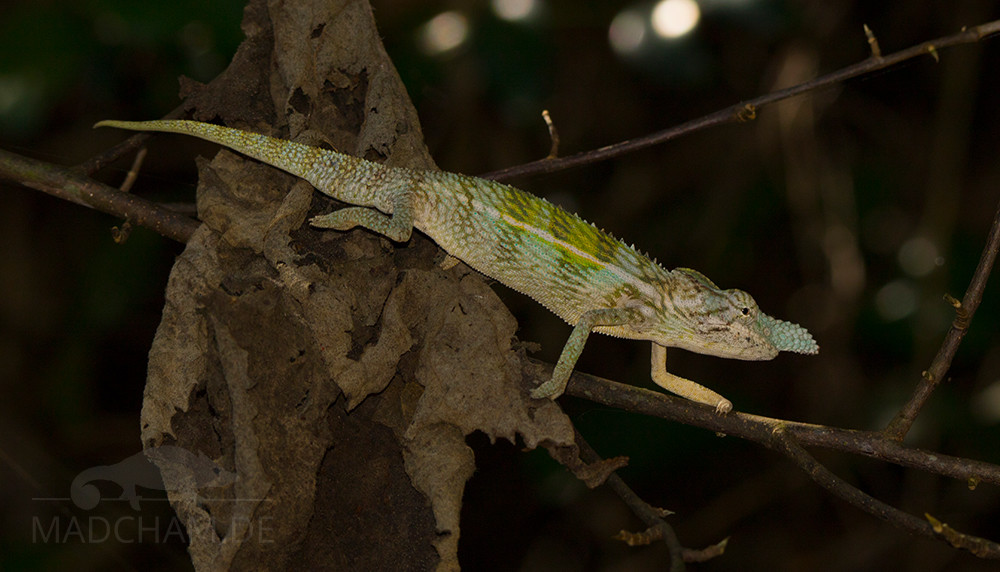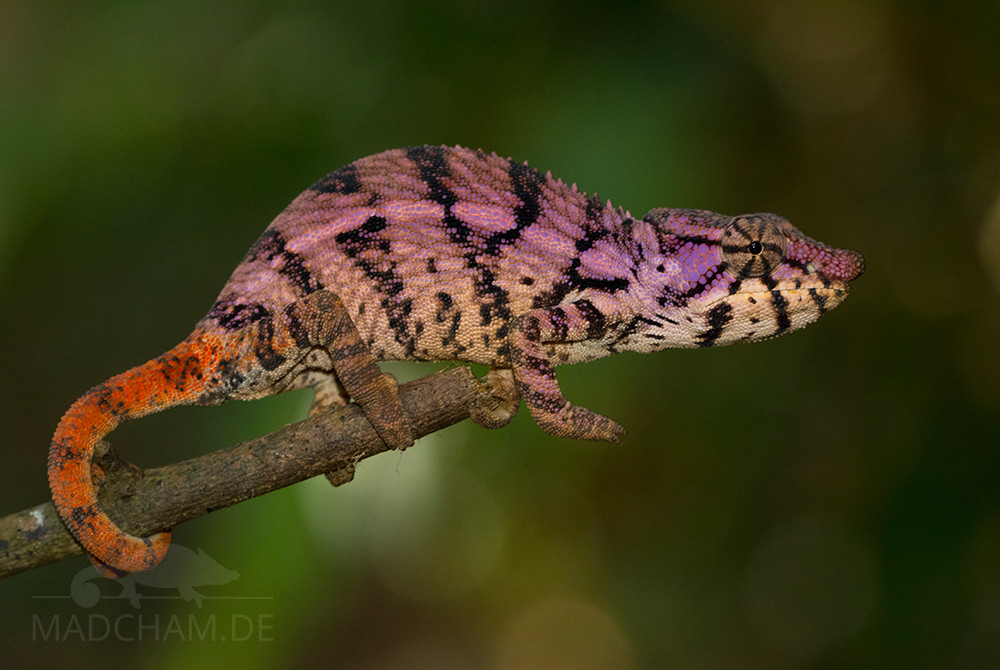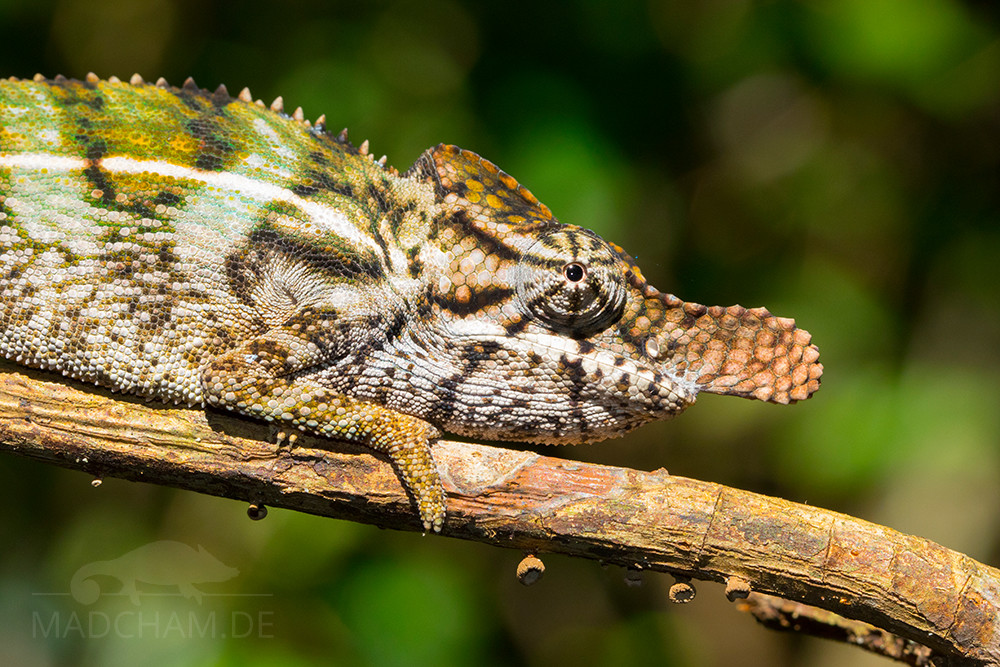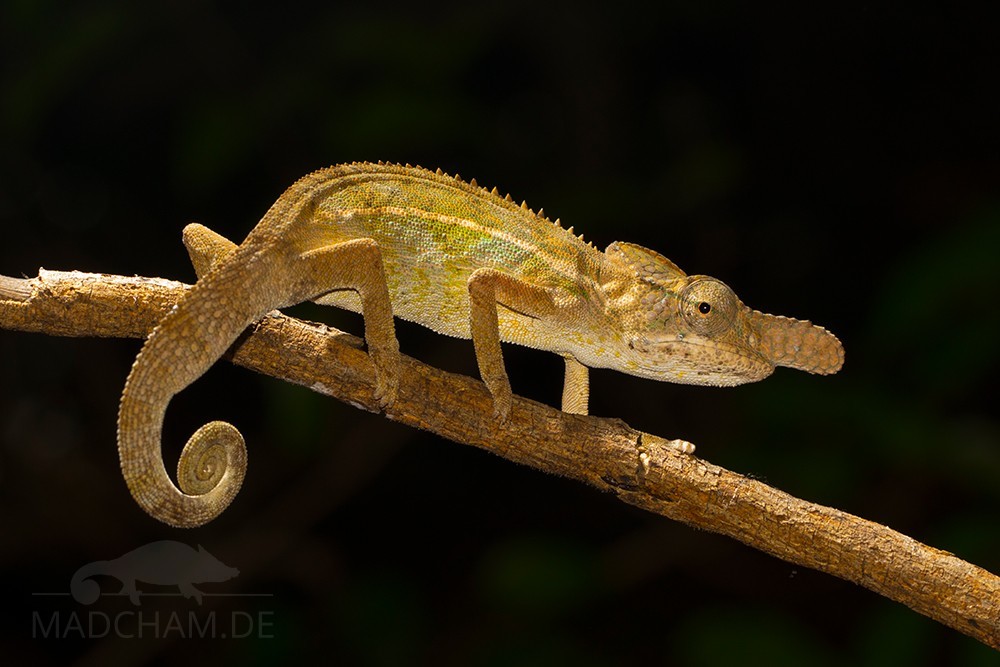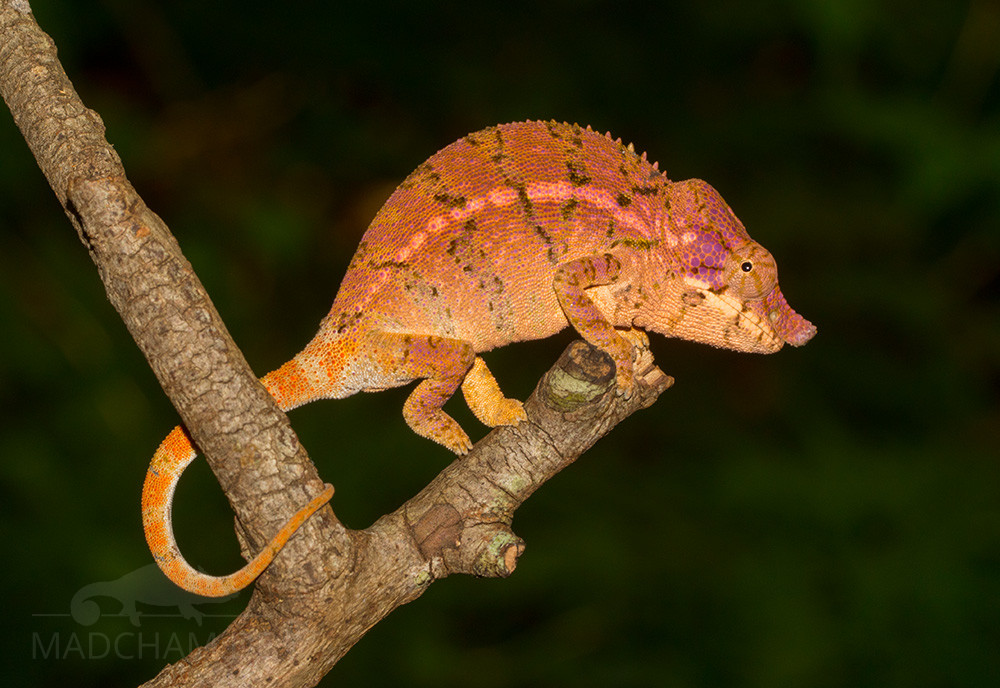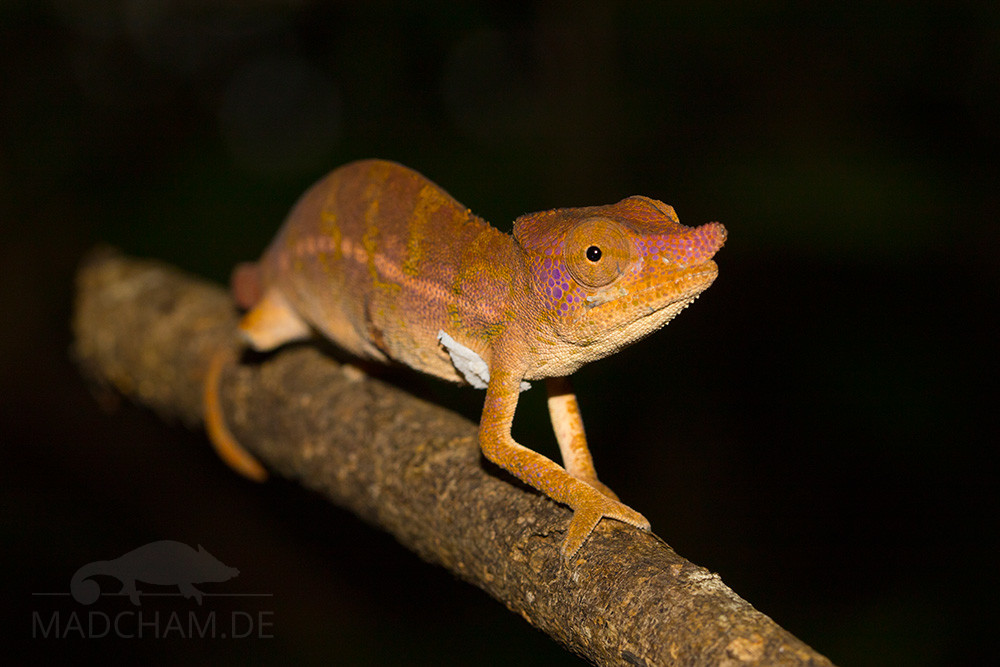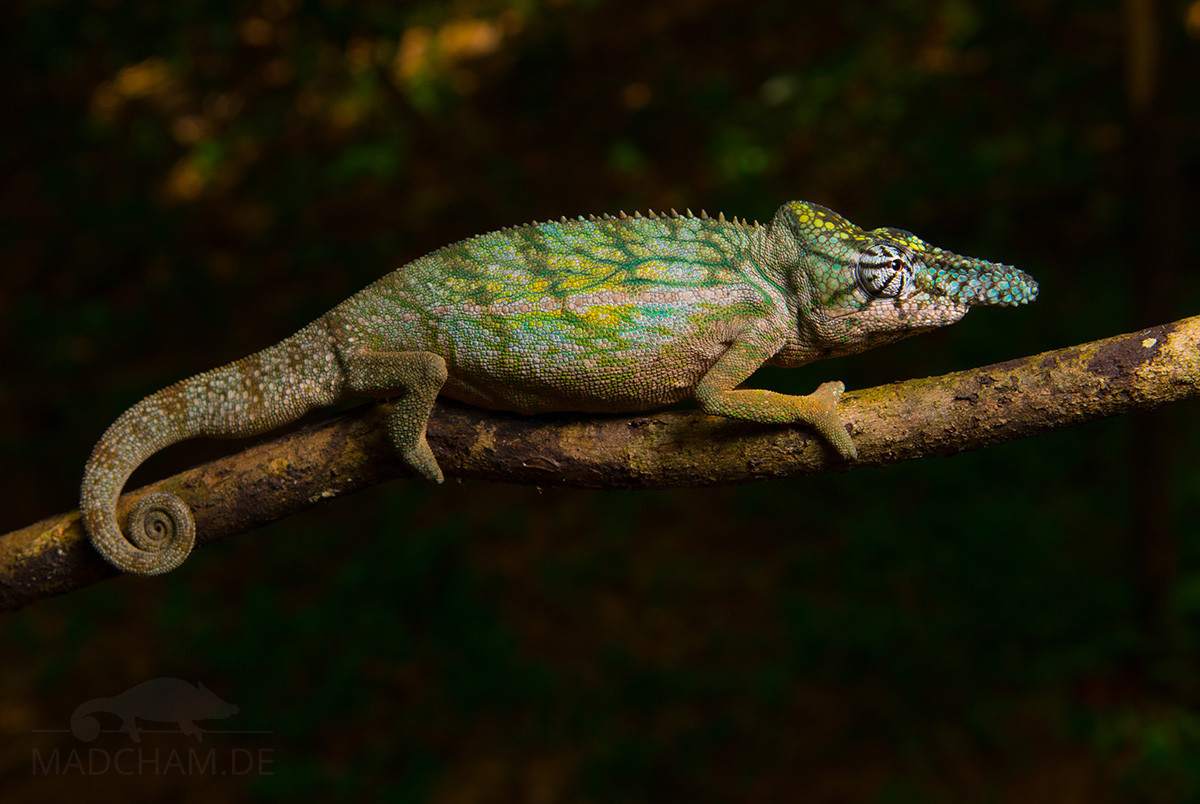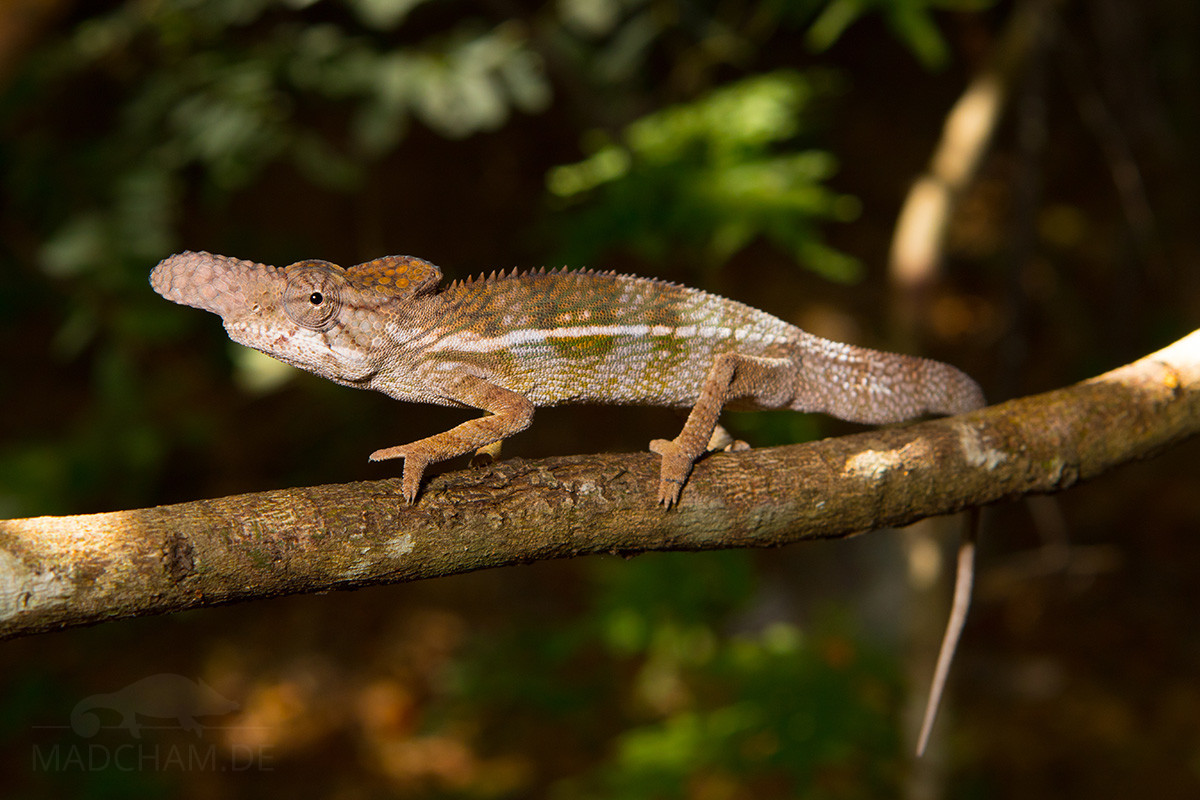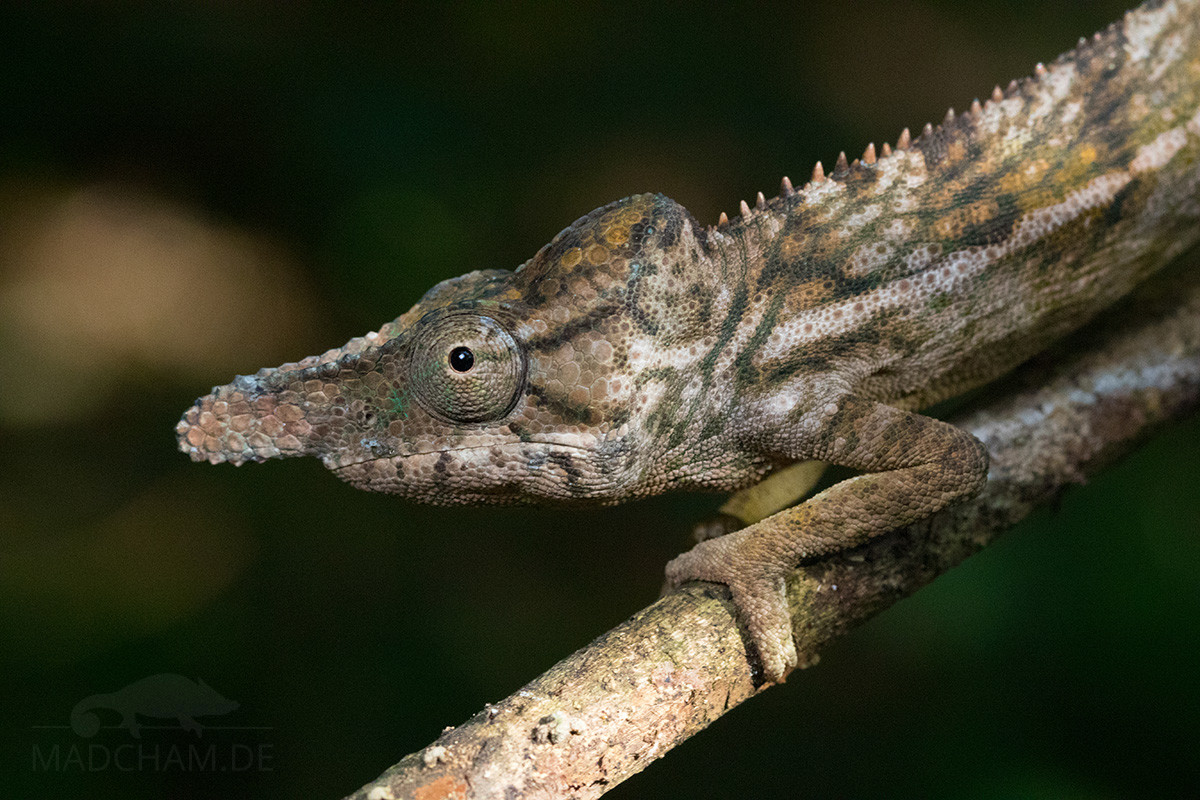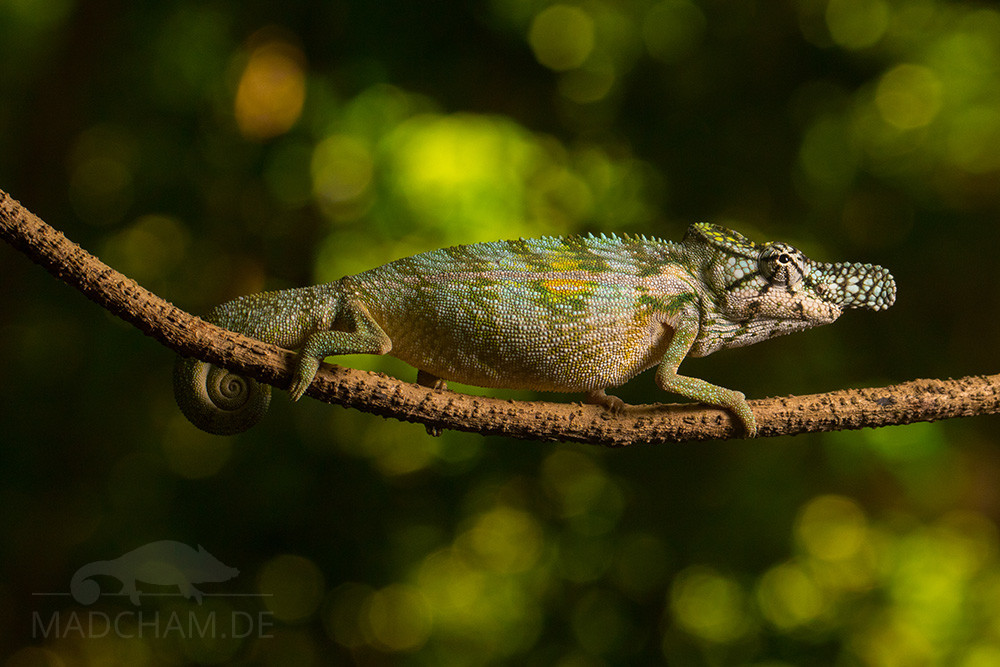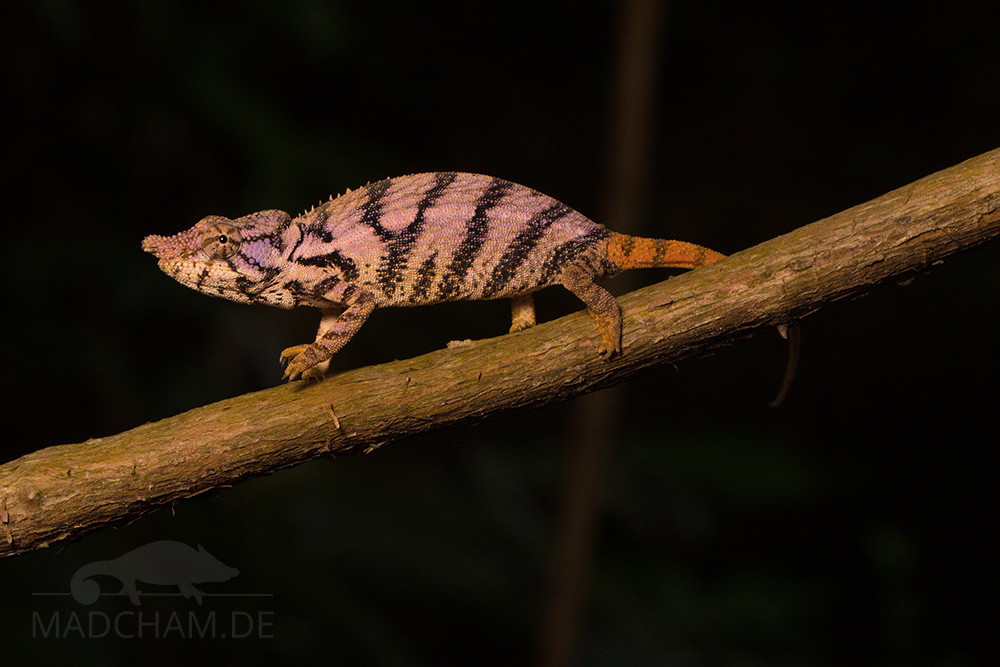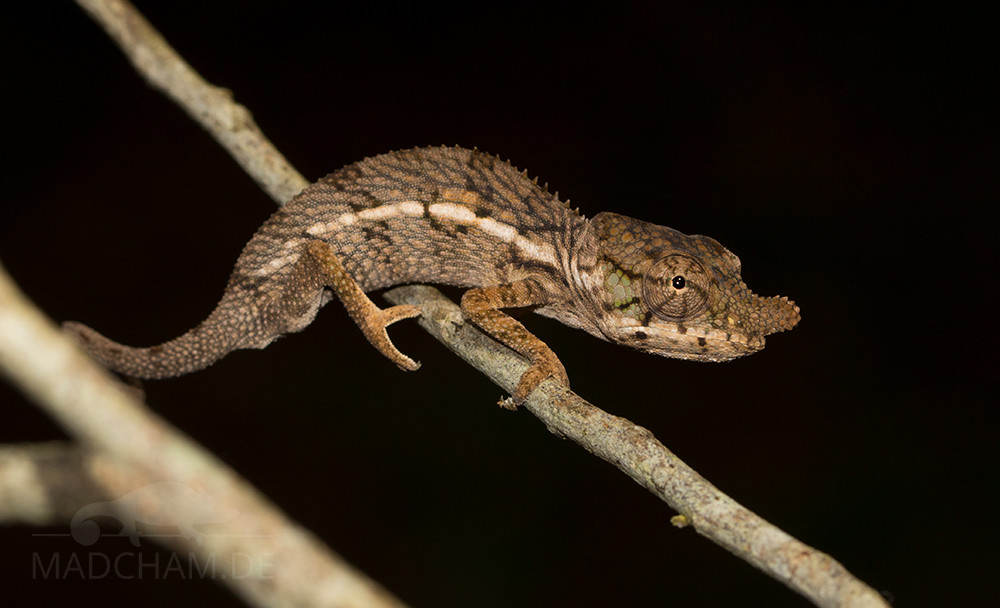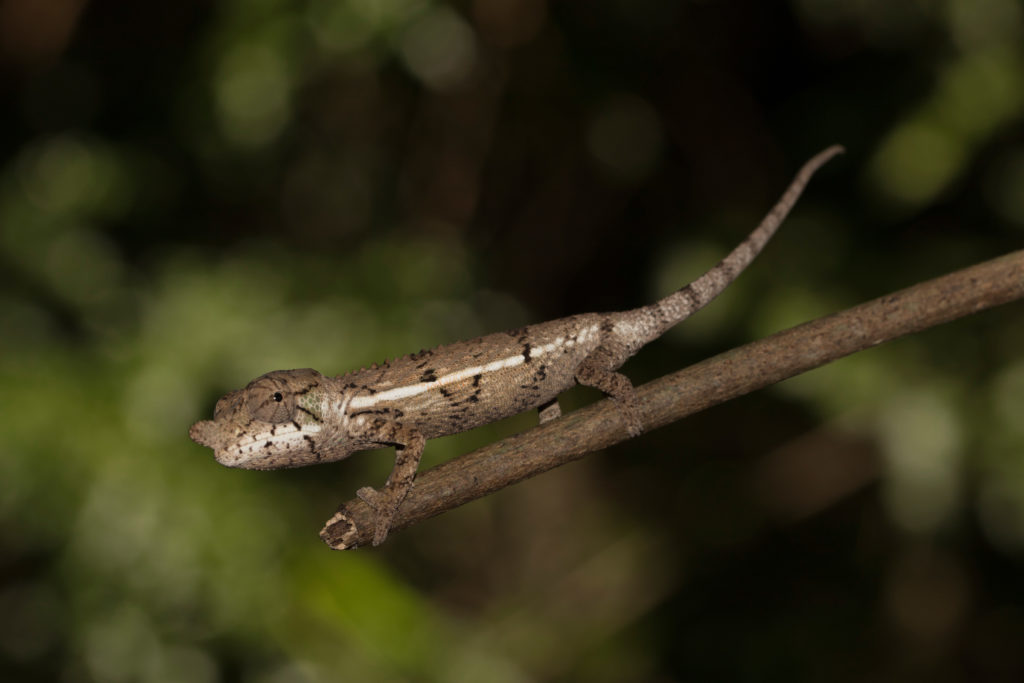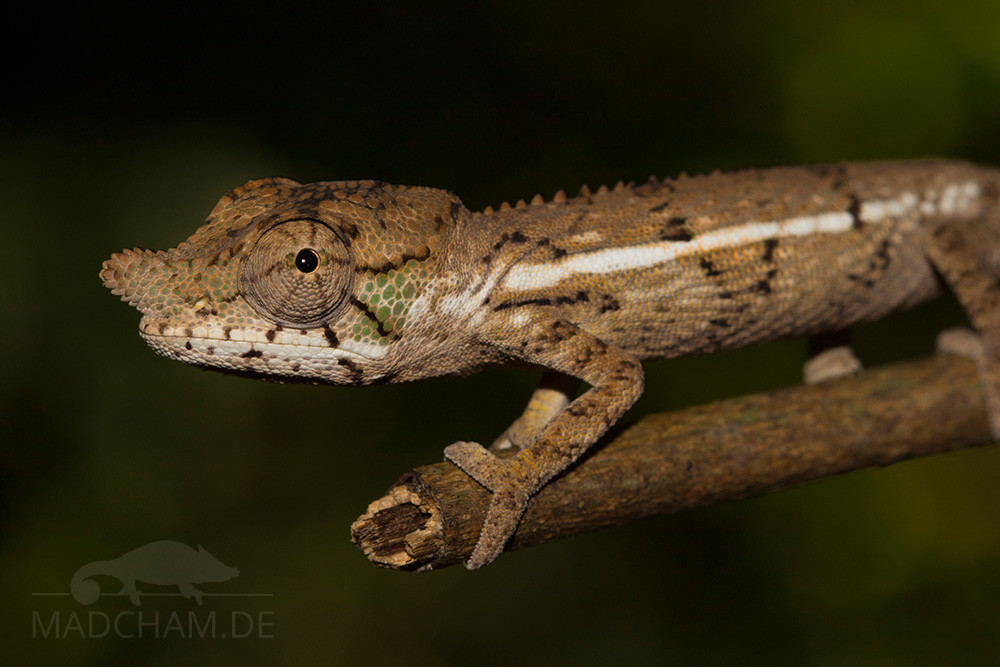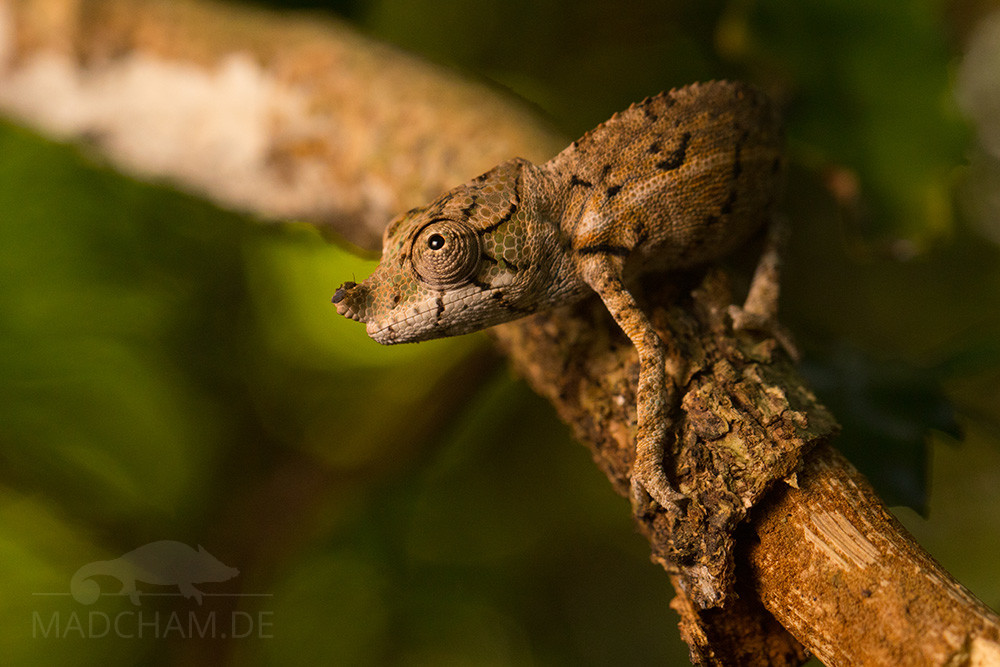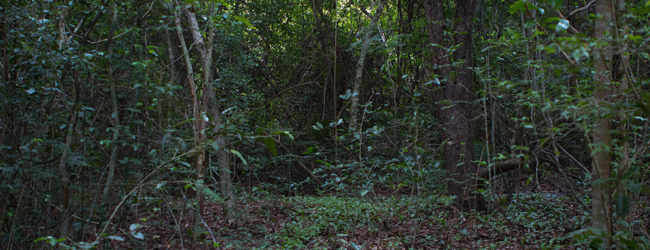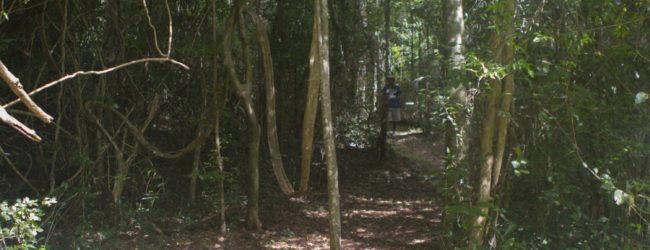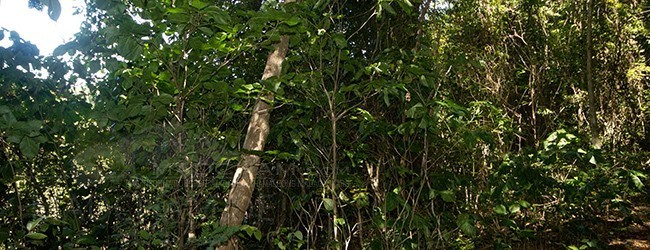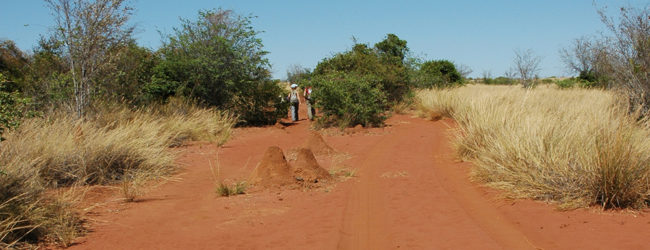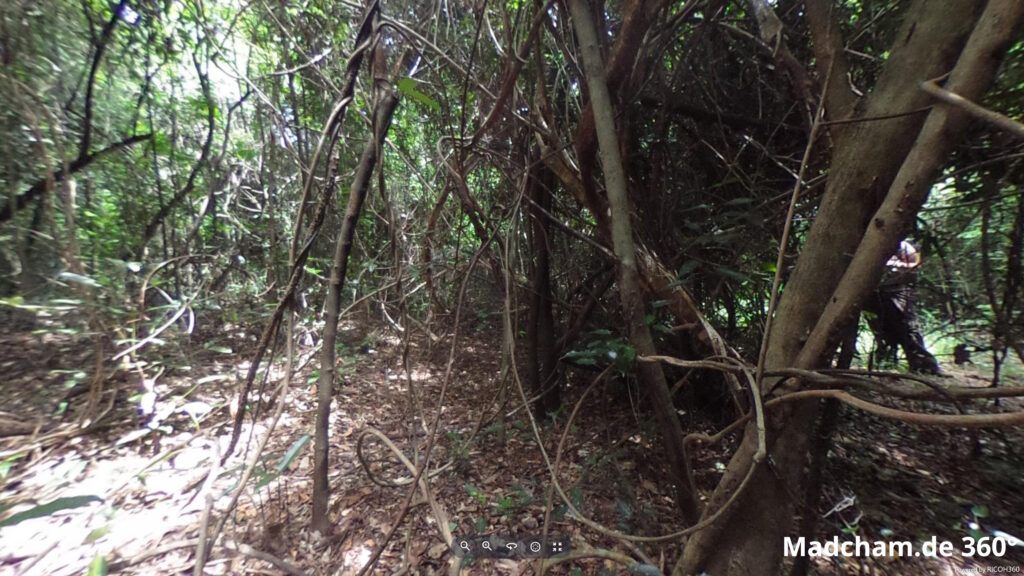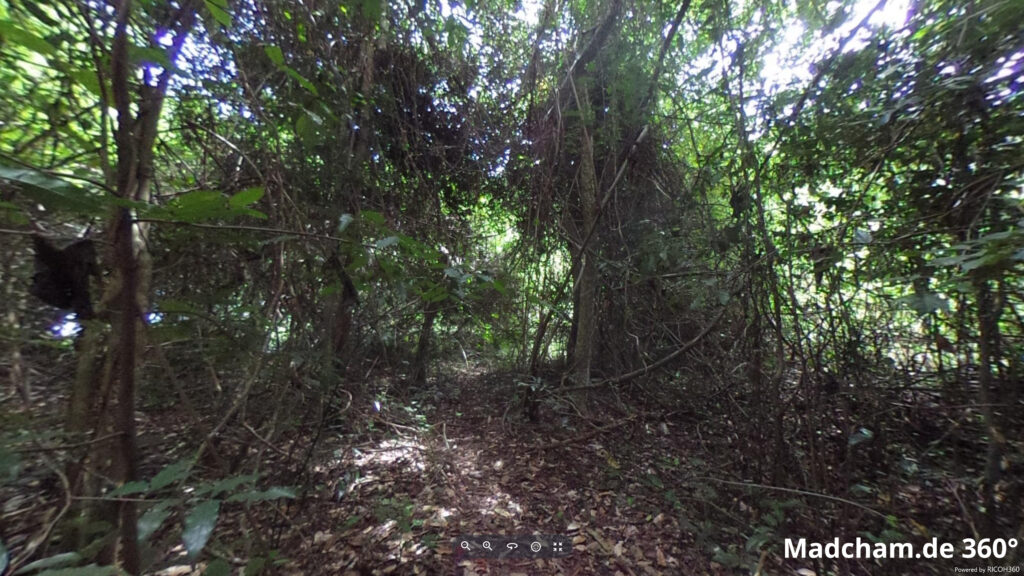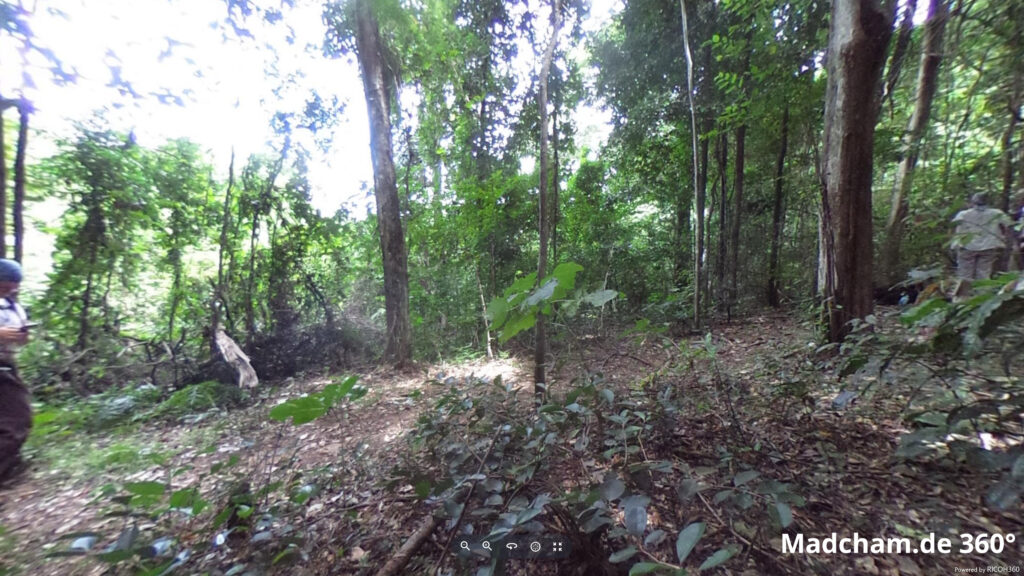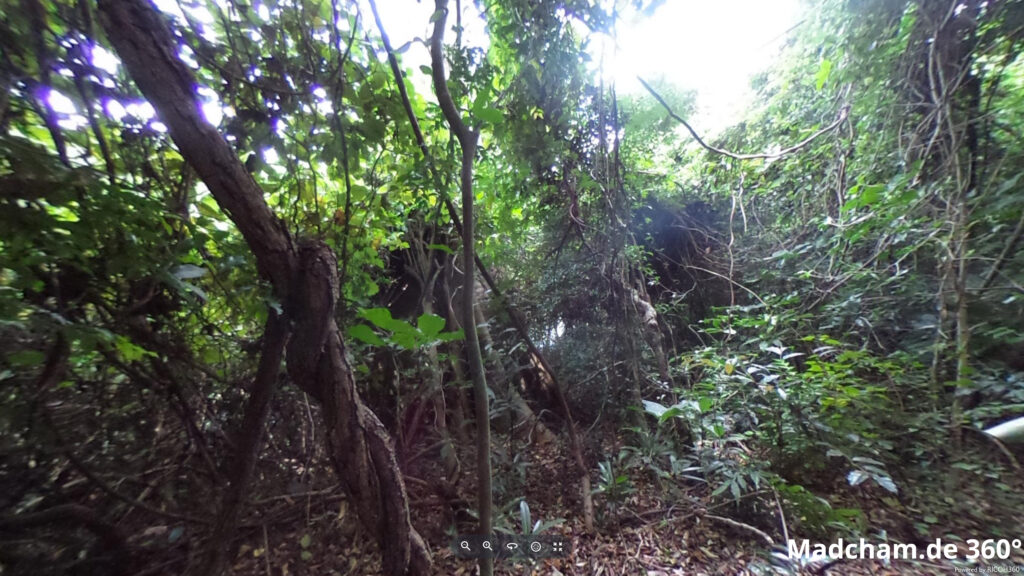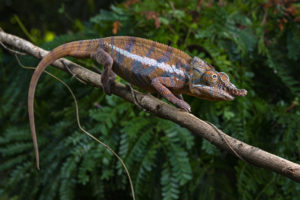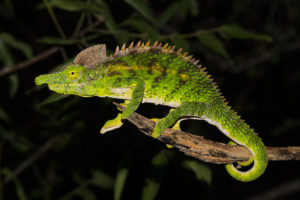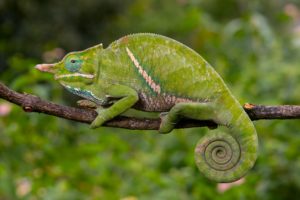no legal export possible
First description:
Origin of the species name:
The English zoologist John Edward Gray described the species very briefly and named it after the Latin rhinoceros. By this, he meant the different pronounced nasal processes of the two sexes. Gray has never been to Madagascar himself. He categorized the reptile collection of the zoological department of the British Museum in London (Great Britain). The first specimens of Furcifer rhinoceratus had come to London on intricate routes with the British navigator Sir Edward Belcher.
Distribution:
This chameleon species is found almost exclusively in the forests of Ankarafantsika and Ampijoroa in north-western Madagascar, about 150 kilometers from the coastal town of Mahajanga. The animals live in the deciduous dry forests of this region, at a height of 1.5 – 4 meters. Especially small lianas and climbing plants, as well as tall shrubs, are populated as habitats. In our experience, they are mainly found in shrubs or trees with very thin branches and abundant small foliage.
Appearance and size:
With approximately 28 cm with the males and approximately 12 cm with the females, this chameleon-type belongs to the middle-sized types. The males show a single, big, rounded off nose-process, that turns out clearly smaller with the females. The helmet is flat, the dorsal scales are pronounced only in the front area. The males are mostly grey with white lateral stripes, partly also light green with turquoise accents. They are grey-brown with a dark ribbon pattern when stressed. Only when a female comes very close to them do the males show their full-color splendor: then they shine turquoise green and light blue with yellow lines. However, we have only been able to observe this splendid coloring for a few minutes – if the female turns away and runs, the great coloring of the male disappears very quickly. The females of Furcifer rhinoceratus are altogether more colorful. They are simply relaxed pink, sometimes with green, ring-shaped patterns, and always with a bright orange tail. Excited or pregnant females are deep purple with dark bands.
The following photos show juveniles of the species, all-male.
Table of weights

Gewicht = weight in grams, Kopf-Rumpf-Länge = snout-vent-length in cm, Weibchen = females, Männchen = males
Since 2015 we have been measuring the weights of chameleons we have found in Madagascar, as far as the animals (and our scales) are participating. So far there are only a few weights, in the long term an average weight in relation to the snout-vent-length It is important to know that all weights were measured towards the end of the rainy season (= best food supply), so they are probably maximum weights in Madagascar. Triangular symbols in females do not mean pregnant, round symbols mean pregnant. In the case of Furcifer pardalis, contrary to our original assumption, there have been no serious differences in the ratio of SVL to the weight of the individual locales.
| Jan | Feb | Mar | Apr | May | Jun | Jul | Aug | Sep | Oct | Nov | Dec | |
| Average temperature | 27 | 27 | 27 | 27 | 26 | 24 | 23 | 24 | 25 | 26 | 27 | 27 |
| Minimum temperature | 23 | 23 | 23 | 22 | 20 | 18 | 17 | 18 | 19 | 21 | 22 | 23 |
| Maximum temperature | 31 | 31 | 31 | 32 | 31 | 30 | 30 | 30 | 31 | 32 | 31 | 31 |
| Rain days | 25 | 24 | 19 | 8 | 4 | 4 | 6 | 6 | 4 | 6 | 12 | 21 |
We have collected the data given above over several years with thermometers and hygrometers at the finding places of the chameleons. "Average temperature" means that values of a whole month have been calculated to one average value per month. For example all measured minimum temperature values of February have been calculated to one average minimum temperature for February. In plain language, this means single peak values of a day may be a little higher or lower than the average minimum and maximum temperatures. It is possible that a location has an average maximum temperature of 29°C, but one day during that month it had 33°C or even 35°C there.
Several examples of daily temperatures in Ankarafantsika during the rainy season can be found below. They were recorded with data loggers in 2024.
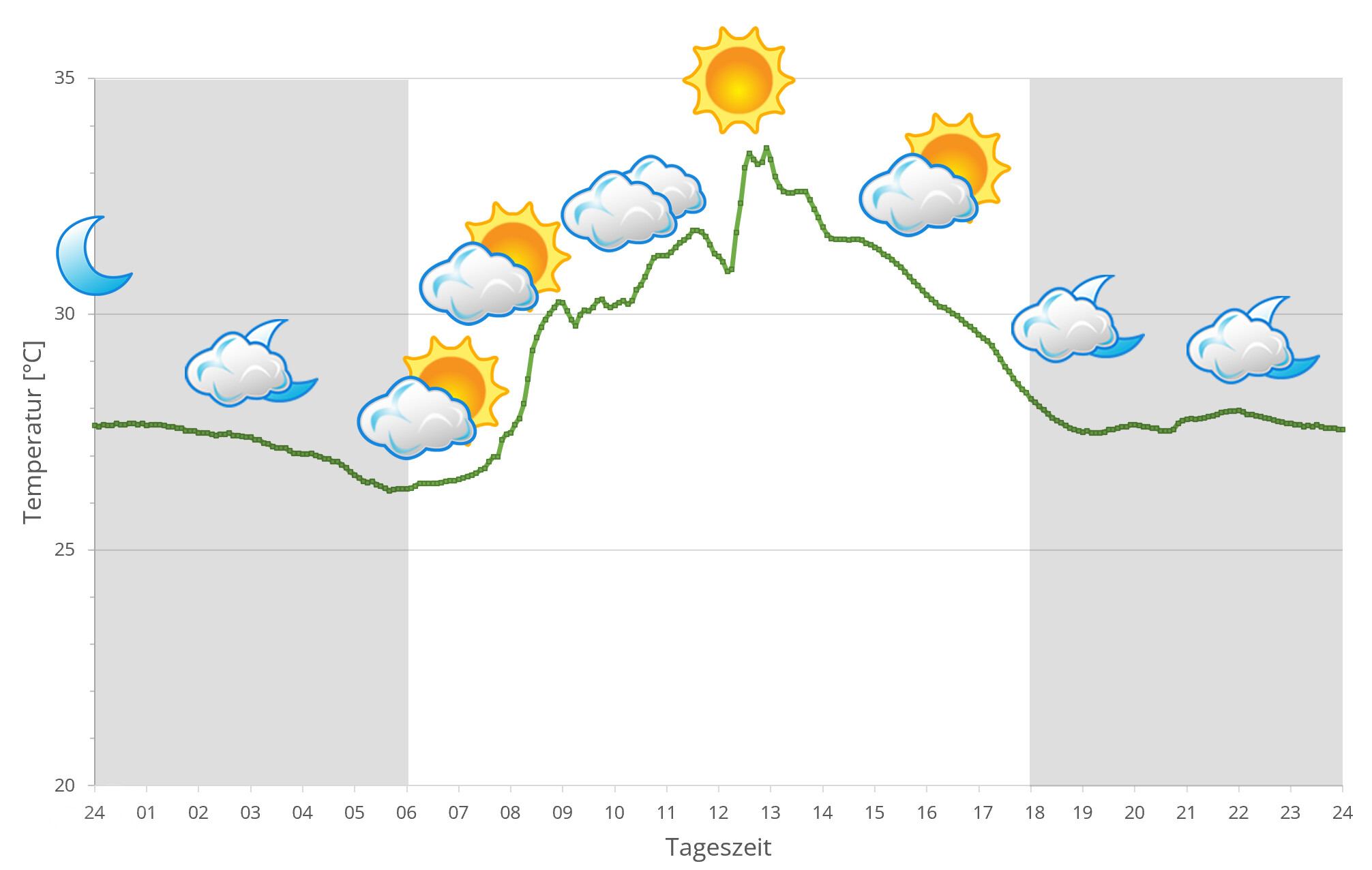
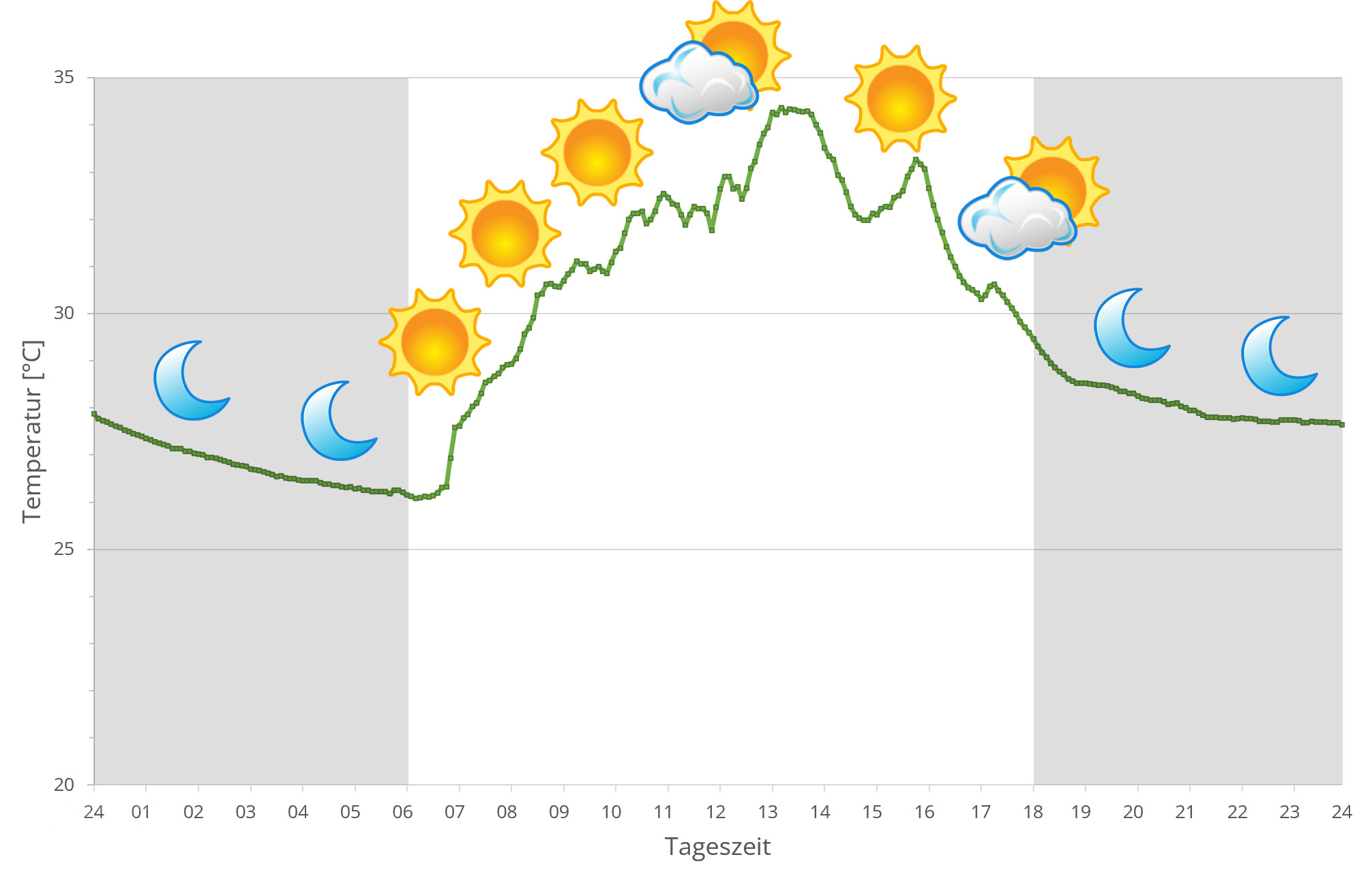
Climate in Ankarafantsika is hot and dry during most time of the year. Temperatures above 30°C during daytime are usual. Rainy season is rather short and only covers November until March. In this time, it is raining a lot and the whole forest blooms.
In April, the rainy season is over and precipitation is only measured few days per month. Many trees lose their leaves. There is morning dew and occasionally some rainfall, but that's it. During daytime, temperatures are a little lower than in rainy season, but temperatures still easily reach 25°C. At night, temperatures drop some degrees.
In 2024, we used data loggers to measure the relative humidity on several days in Masoala during the rainy season, the data can be found below.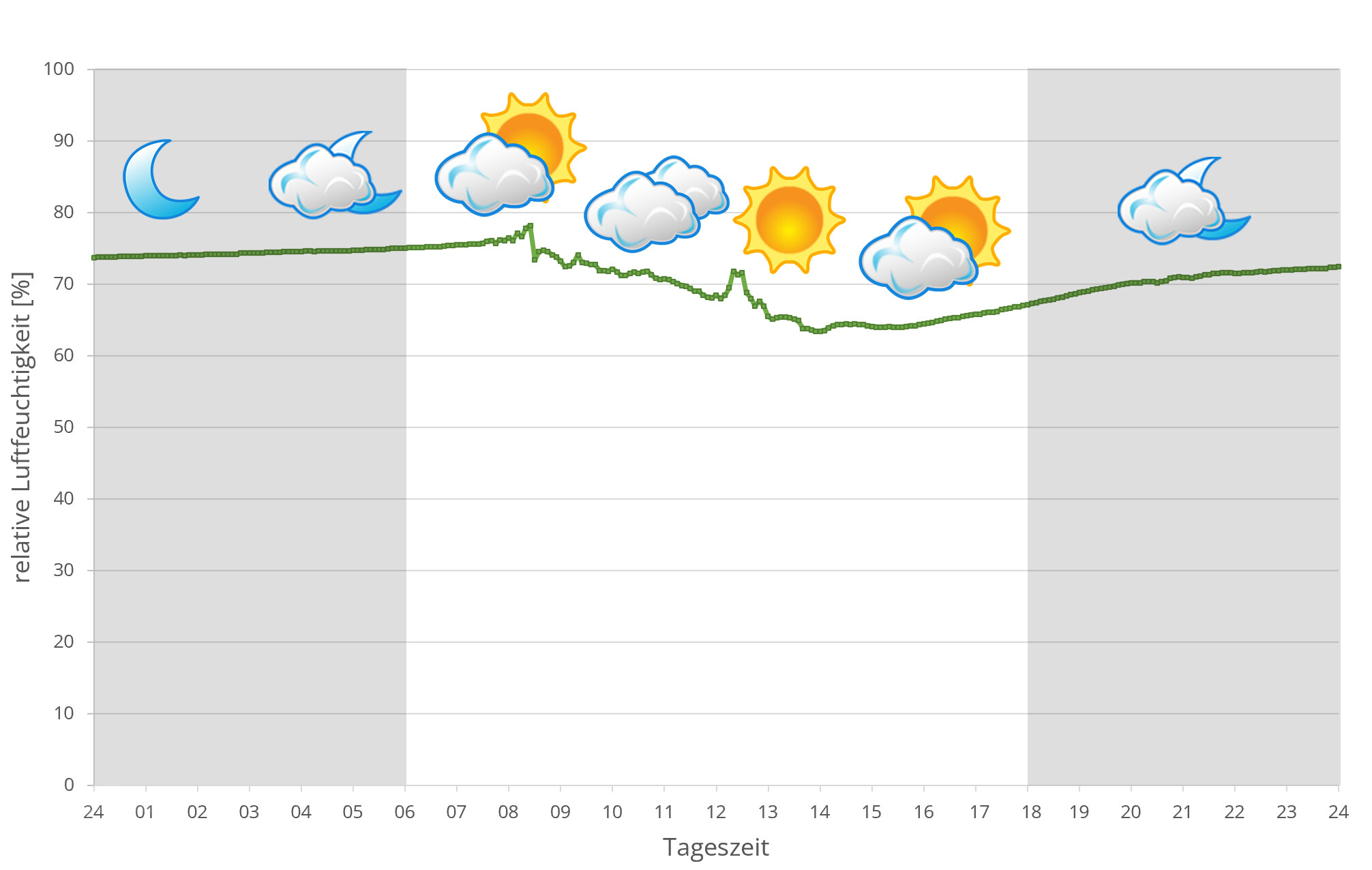
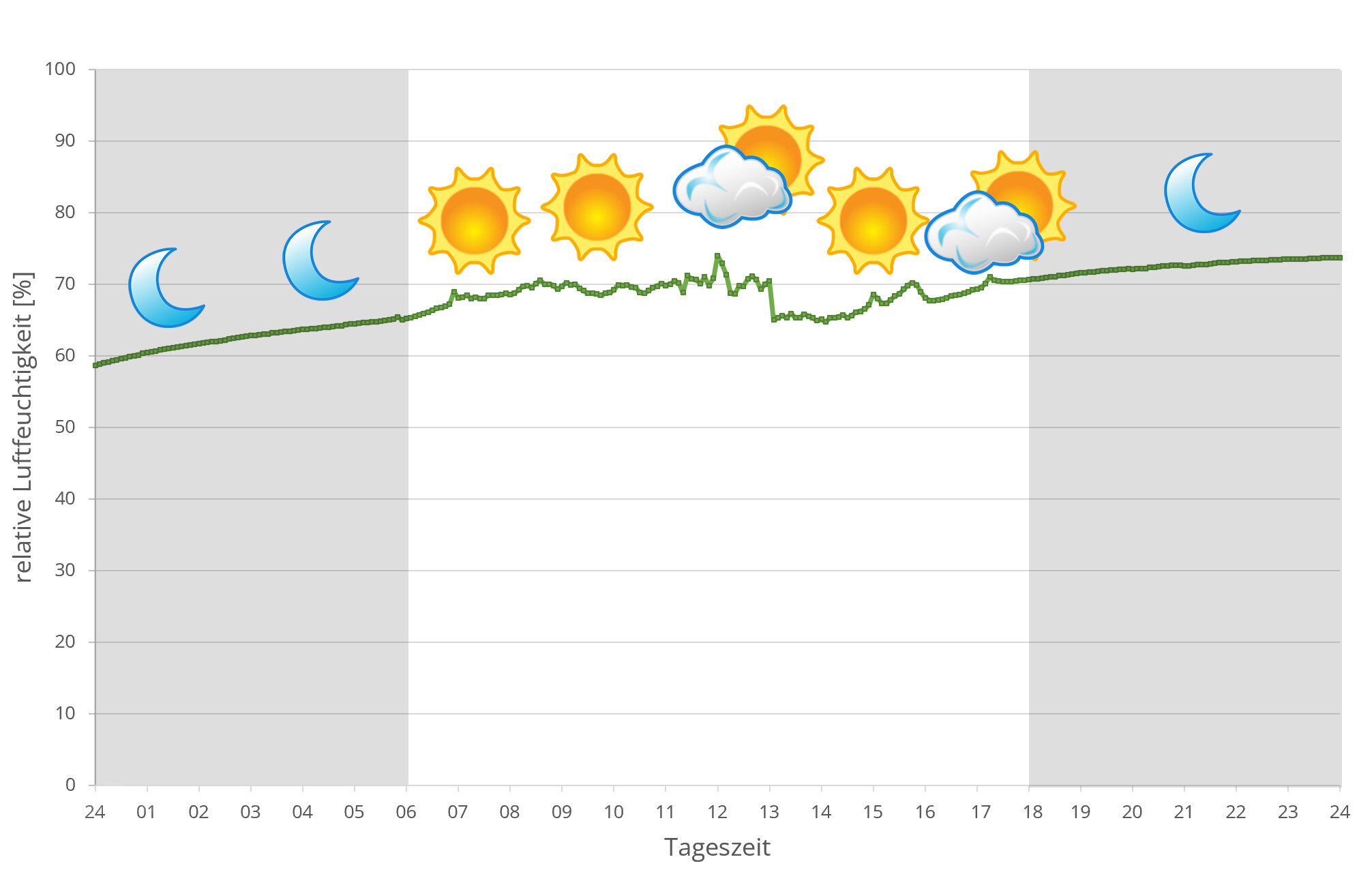
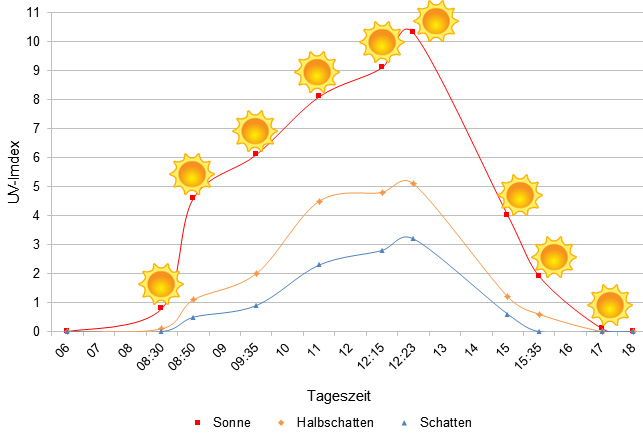 Tageszeit = day time, Sonne = sun, Halbschatten = half shade, Schatten = shade
Tageszeit = day time, Sonne = sun, Halbschatten = half shade, Schatten = shade
We have measured UVB data with a Solarmeter 6.5 in spring (beginning of April) at the peak of activity of chameleons in Madagascar. We always measured the values that a chameleon could maximally reach in its habitat.
| Jan | Feb | March | Apr | May | Jun | Jul | Aug | Sep | Oct | Nov | Dec | |
| Morning | 24.9 | 26.1 | 25.6 | 24.2 | 22.6 | 19.2 | 18.4 | 19.5 | 22.3 | 21.8 | 22.9 | 22.7 |
| Midday | 28.2 | 28.7 | 26.9 | 26.1 | 25.6 | 25.8 | 25.8 | 26.5 | 31.7 | 28.8 | 28.6 | 28.5 |
| Afternoon | 28.3 | 28.1 | 27.2 | 26.1 | 26.1 | 25.3 | 25.5 | 26.8 | 30.8 | 28.5 | 28.1 | 27.8 |
| Night | 24.5 | 26.1 | 25.3 | 21.7 | 19.8 | 17.9 | 18.7 | 20.2 | 24.2 | 23.5 | 23.3 | 23.5 |
Between 01 April 2018 and 17 March 2019, we measured ground temperatures in the dry forest of Ankarafantsika daily - the table is the result of these measurements. A detailed discussion can be found here. In total, we made 1396 ground temperature measurements and measured an estimated 300 different locations in Ankarafantsika. The following graphs show the soil temperature profiles in Ankarafantsika at a depth of 20 cm in the wet season (February, left) and in the dry season (June, right):
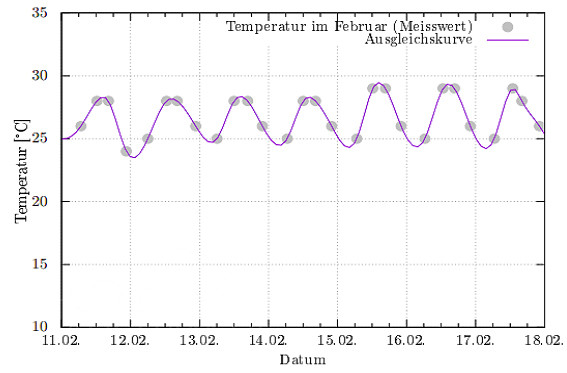
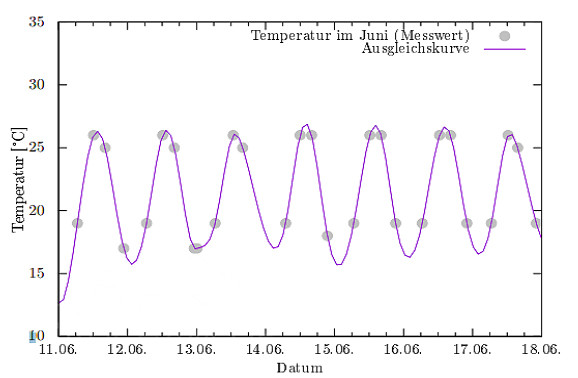
In 2024, we additionally to other climate data measured air pressure at the places we visited in Madagascar. The following data is from several days during the rainy season in Ankarafantsika. On the X-axis is the time of day or night. In Madagascar, the day begins at around 6 a.m. and night falls at 6 p.m. The Y-axis shows the atmospheric pressure in hPa.
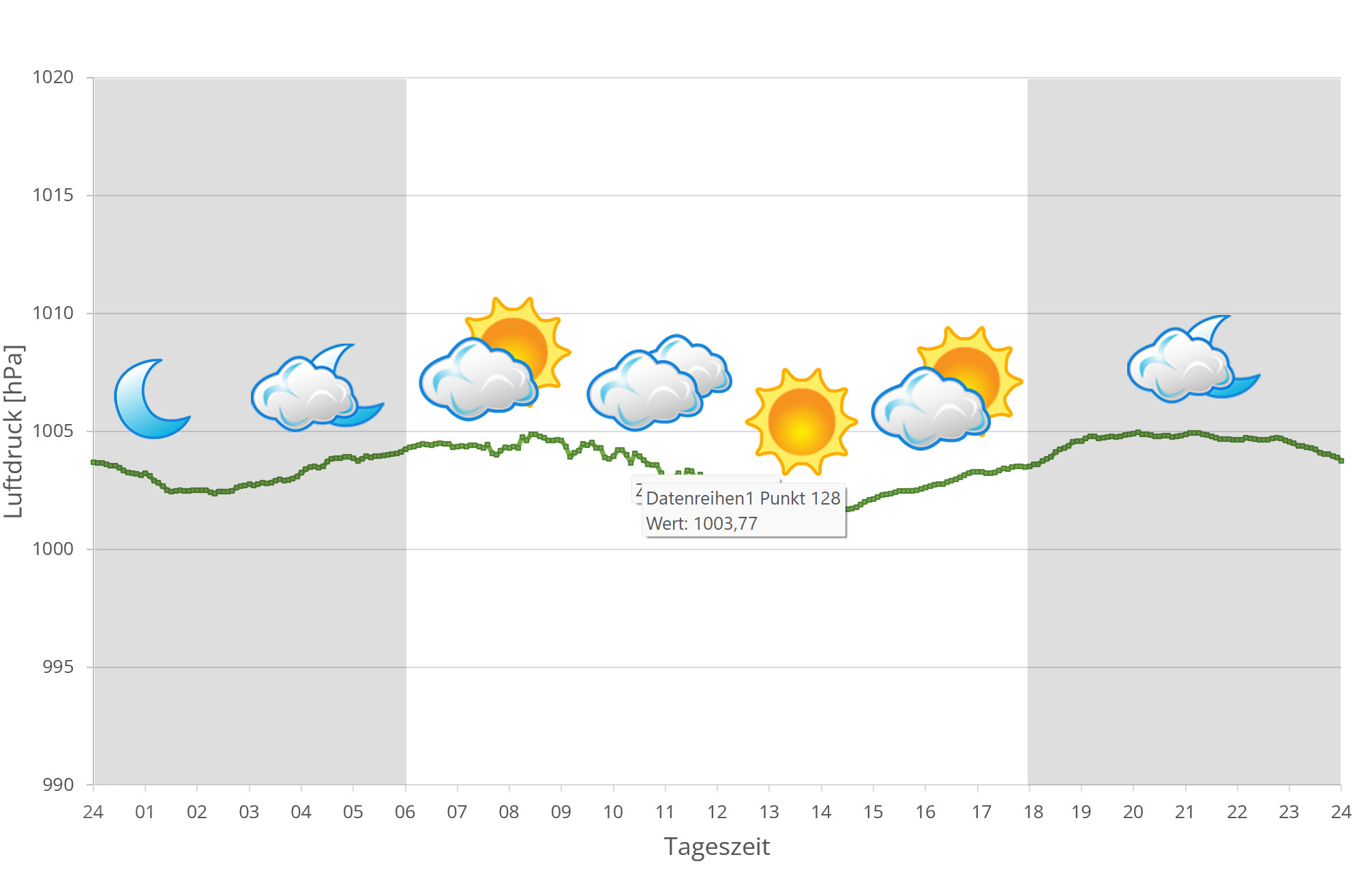
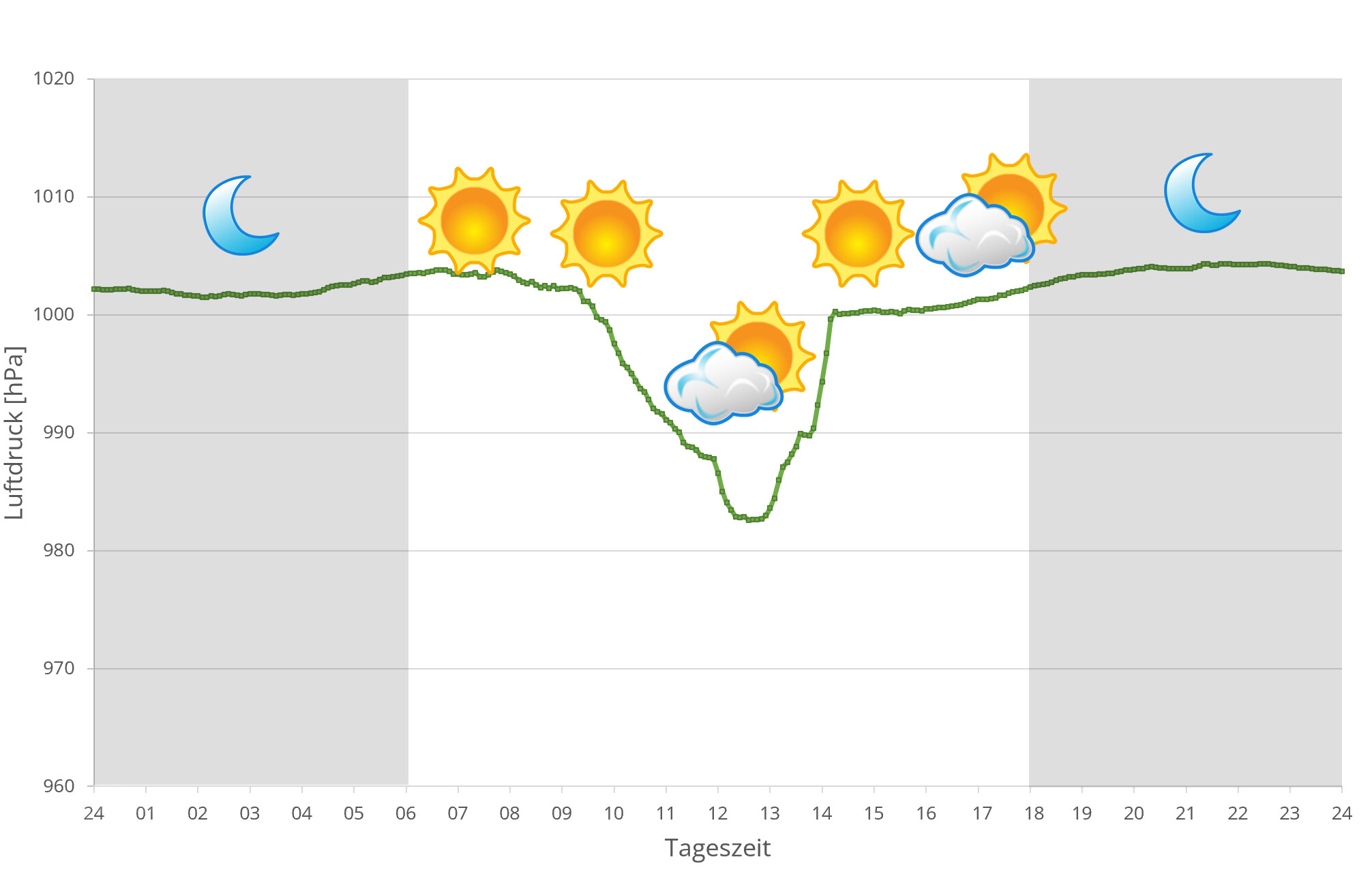
Video
The following video shows footage directly from the habitat: A female digging a hole to lay her eggs.
Habitat:
The habitat in the dry forest of Ankarafantsika is green only during the rainy season. During the dry season, it is less green, the grass dries out and the leaves fall from the trees. The forest is very dense and full of shrubs and trees with very thin branches and small leaves. The areas where Furcifer rhinoceratus prefers to live are extremely densely overgrown with climbing plants. The following photos show parts of the habitat of the species in Ankarafantsika during the rainy and the dry season.

